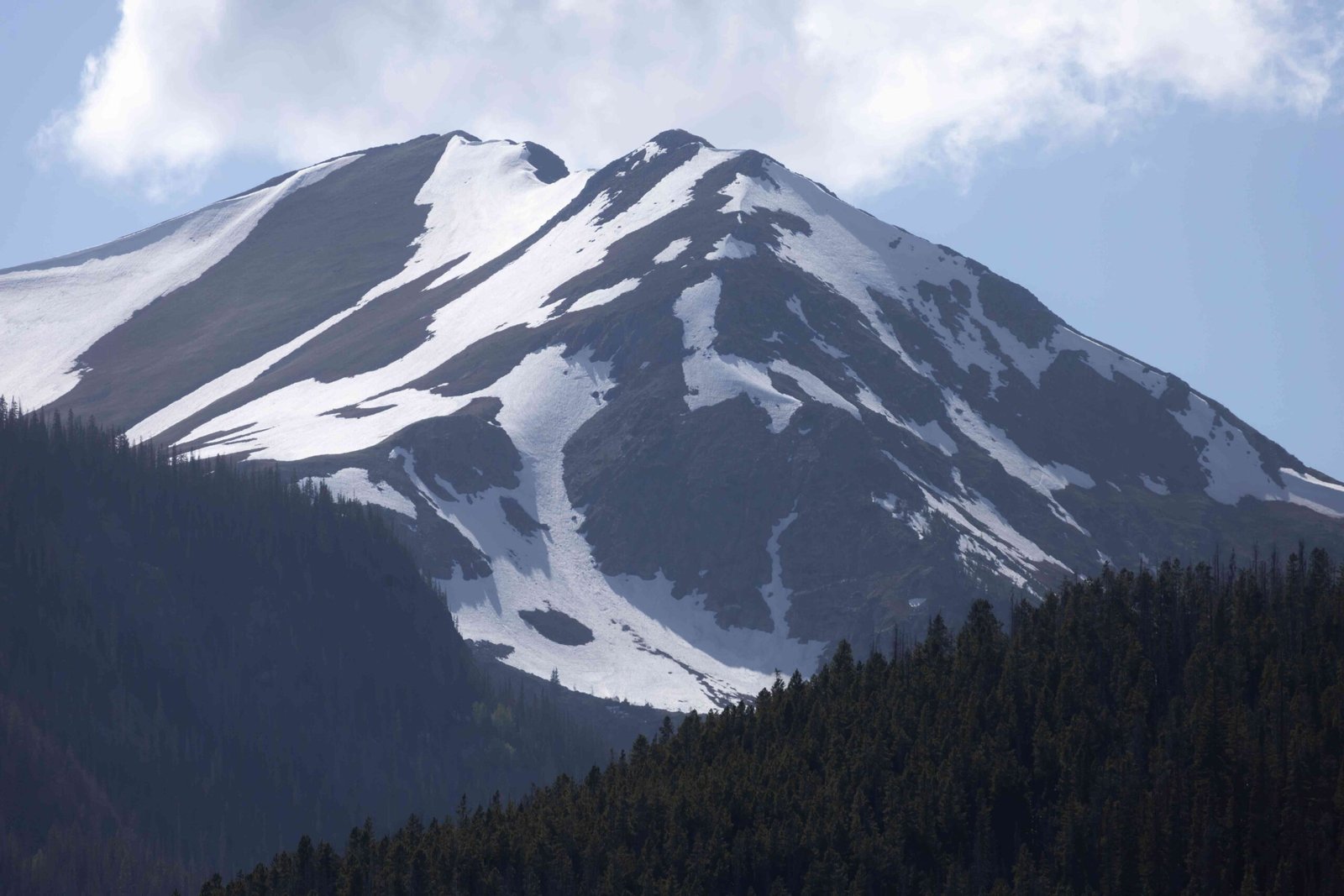Rocky Mountain National Park offers breathtaking landscapes and diverse ecosystems, but its popularity can lead to crowded areas. This guide focuses on the least crowded areas of Rocky Mountain National Park, providing insights into quieter trails, hidden viewpoints, and optimal times to visit. By exploring these lesser-known spots, visitors can experience the park’s natural beauty without the hustle and bustle of popular tourist areas.
What Are the Best Seasons to Avoid Crowds in Rocky Mountain National Park?

The least crowded times at Rocky Mountain National Park are during the off-peak months, typically from November through April. These months, especially January and February, are the slowest and least restrictive in terms of access. However, they are also the coldest and windiest, which can present challenges for some visitors.
Seasonal Breakdown:
- Winter (December – February)
- Least crowded
- Coldest temperatures
-
Limited road access
-
Spring (March – May)
- Gradually increasing crowds
- Unpredictable weather
-
Some roads still closed
-
Fall (September – November)
- Moderate crowds
- Beautiful fall colors
-
Cooler temperatures
-
Summer (June – August)
- Most crowded
- Warmest temperatures
- All roads and facilities open
Which Areas of the Park Are Less Frequented by Tourists?

To escape the crowds, consider exploring these less-visited areas of Rocky Mountain National Park:
- West Side of the Park
- Noticeably quieter than the eastern side
- Trails in the Never Summer Wilderness
-
Areas around Grand Lake
-
Backcountry
- Requires more effort to reach
- Offers solitude and pristine wilderness
-
Examples: Baker Gulch and Parika Lake
-
Less Popular Trails
- Trails gaining more than 1,000 feet in elevation
- Hikes longer than three miles
- Examples: Summerland Park trail and Coyote Valley Trail
What Are the Best Times of Day to Visit for Fewer Crowds?
To maximize your chances of a peaceful experience, consider visiting during these times:
- Early Morning
- Arrive before 8:00 AM
- Cooler temperatures
-
Better wildlife viewing opportunities
-
Late Afternoon
- After 4:00 PM
- Many day visitors have left
-
Beautiful sunset views
-
Weekdays
- Tuesdays and Wednesdays are generally the least busy
- Especially effective during off-peak months
Which Hiking Trails Offer a Quieter Experience?
For those seeking tranquility, consider these less-crowded hiking trails:
- Lake Verna & Spirit Lake
- Length: 5.5 miles round trip to Lake Verna, additional 1.5 miles to Spirit Lake
- Difficulty: Challenging with significant elevation gain
- Trailhead: Near Grand Lake entrance
-
Features: Serene lakes and beautiful scenery
-
Summerland Park Trail
- Length: 3.3-mile loop
- Difficulty: Relatively easy
- Trailhead: Northeast of Grand Lake
-
Features: Open meadows, wildlife habitat
-
Coyote Valley Trail
- Length: 3/4-mile loop
- Difficulty: Easy, wheelchair accessible
- Trailhead: Along Trail Ridge Road in Kawuneeche Valley
-
Features: Expansive mountain views, active wildlife
-
Baker Gulch & Parika Lake
- Length: 5 miles one way
- Difficulty: Strenuous, 2,500 feet elevation gain
- Trailhead: Never Summer Wilderness
- Features: Views of Longs Peak, diverse wildlife
Where Are the Lesser-Known Viewpoints in Rocky Mountain National Park?
Discover these hidden gems for spectacular views without the crowds:
- Rainbow Curve
- Location: Along Trail Ridge Road
- GPS: 40.3942° N, 105.7343° W
- Best Time: Early morning for sunrise
-
Tip: Arrive early to beat potential crowds
-
Lulu City
- Location: 3.7-mile hike from Colorado River Trailhead
- GPS: 40.4833° N, 105.8167° W
- Best Time: Late afternoon or early morning
- Tip: Be prepared for elevation gain and potential snow
How Can I Access the Park During Less Crowded Times?
To make the most of your visit during quieter periods, consider these transport options and access tips:
- Shuttle Services
- Available during peak season
- Useful for accessing popular areas like Bear Lake and Moraine Park
-
Reduces parking stress
-
Road Conditions
- Trail Ridge Road: Open late May to early October
- Old Fall River Road: Open late July to early October
-
Both roads open to bicycles before cars in spring
-
Seasonal Access
- Winter: Limited road access, but least crowded
-
Summer: Timed entry permits required for certain areas
-
Parking and Permits
- Arrive early for trailhead parking
- Obtain backcountry camping permits in advance or as walk-ins after noon
By following these tips and exploring the least crowded areas of Rocky Mountain National Park, you can enjoy a more peaceful and intimate experience with nature. Remember to always practice Leave No Trace principles and respect wildlife to preserve the park’s beauty for future generations.

